What is it?
The first Commodore to not be built in Australia? The first Commodore to offer AWD? The first Commodore to not have the option of a V8? The first Commodore available with a diesel engine? The first Commodore to not be available with a manual transmission?
Take your pick – it is all of these and more. Much much more.
How much does it cost?
The FWD 2.0-litre LT liftback starts the range with the petrol variant costing $45,990 and the diesel $48,990, while the Sportwagon lands at $50,990 for the petrol and $51,990 for the diesel.
The RS model is only available with the 2.0-litre petrol and costs $49,990 for the liftback and $51,990 for the wagon.
The only model name carried over from the previous Commodore – the Calais – comes next, with the 2.0-litre FWD liftback costing $52,990.
The RS-V is only available with in 3.6-litre V6 AWD form and costs $58,990 for the liftback and $60,990 for the wagon.
The same goes for the Calais-V that is available in liftback form for $61,990 and is the sole representative of the high-riding Touring body style that lands at $65,990.
Topping out the range is the V6 AWD liftback-only VXR that costs $67,990.
What is its opposition?
The obvious opposition are the other cars in the large and, yes, medium segment.
The Ford Mondeo, Toyota Camry and Mazda6 are the biggies in that segment, while the new Kia Stinger is also a competitor.
Then you have the high-riding AWD wagons that the Commodore Tourer will head up against, most notably the Subaru Outback.
But probably the most direct competitor in terms of size and specification is the Skoda Superb. And that is a tough one to go up against.
What powers it?
The new Commodore comes with a choice of a pair of 2.0-litre four-cylinder engines in the form of either a 191kW/350Nm petrol turbo or a 125kW/400Nm diesel turbo powering the front wheels.
Then there is the 3.6-litre 235kW/381Nm petrol V6 that powers the AWD cars.
The 2.0-litre and V6 petrol engines are hooked up to a nine-speed automatic transmission, while the diesel cars get an eight-speed auto.
What has it got?
The entry level LT comes standard with 17-inch alloy wheels, a 7-inch touchscreen infotainment system with phone projection, front and rear parking sensors, a backing camera, LED daytime running lights, automatic headlights, rain sensing wipers, autonomous emergency braking with pedestrian detection, lane departure warning, lane keep assist, forward collision alert, keyless entry and push button start, dual zone climate control, LED taillights and a power-adjustable driver’s seat.
The RS ups the game by adding 18-inch alloy wheels, a sports body kit, cloth-trimmed sports seats, a leather steering wheel, ambient interior lighting, a rear lip spoiler, side blind zone alert, rear cross traffic alert and a hands-free power tailgate on the wagon.
The RS-V not only adds the V6 engine and adaptive AWD system, it also adds leather seats (heated in the front), a sports steering wheel with shift paddles, a ocular head up display, an 8-inch touchscreen infotainment system, alloy pedals, embedded satellite navigation, digital radio, wireless phone charging, 40/20/40 folding rear seats (the lower spec cars are 60/40) and privacy glass on the wagon.
The VXR gets all the RS-V goodies but adds adaptive 20-inch alloy wheels, LED Matrix headlights, adaptive suspension, Brembo front brakes, adaptive cruise control, a 360 degree camera, an electric sunroof, heated and ventilated front seats that also have a massage function and power-adjustable side bolsters, heated rear seats, a rear spoiler and a premium Bose audio system.
If you take the luxury path from the LT, then the Calais gets all of the base car’s equipment, but adds 18-inch alloy wheels, an 8-inch touchscreen infotainment system, cloth and leather seat trim, heated front seats, wireless phone charging, front fog lamps, power folding mirrors, ambient interior lighting, embedded satellite navigation, digital radio, side blind zone alert and rear cross traffic alert.
The AWD V6 Calais-V in both liftback and Tourer forms adds 20-inch alloy wheels, adaptive LED Matrix headlights, an electric sunroof, a sports steering wheel and paddles, ventilated front seats, heated rear seats, the massage function on the driver’s seat, 40/20/40 split rear seats, adaptive cruise control, a 360 degree camera, a colour head up display and a premium Bose audio system.
What’s good about it?
The engines are superb – the heavily revised 3.6 V6 is now a thoroughly modern engine that is brilliantly strong in the mid-range, while also being more than happy to rev out to the redline with no coarseness. It also sounds great, particularly in the VXR.
But it is the 2.0-litre petrol that is the real surprise of the bunch – characterful and impressively powerful, it really doesn’t feel down all that much on power compared to the V6 – thanks to the lack of weight from the AWD system – and is quite probably the quicker car point-to-point, thanks to its almost-V6 levels of torque.
The cabin is brilliantly comfortable, while the level of standard specification is impressive.
Handling is a very compelling strong point as well, even in the FWD cars. Where the V6s have the fantastic AWD system that works incredibly well and imparts the Commodore with a fantastic amount of traction and predictability, the FWD cars again benefit from their lower weight with a particularly nimble feel.
Then there is the steering, which is leagues ahead of the VF Commodore’s over-assisted, slightly vague steering and is brilliantly accurate and boasts excellent weighting and feel.
What’s not so good?
While it looks good inside and out, the overall styling of both is a bit vaguely generic, particularly around the rear on the outside.
The base model LT looks particularly underwhelming on its small wheels.
And the Tourer really needs a bigger ride height lift – it is a tiny 18mm higher than the standard wagon (with a big chunk of that simply coming from the tyres) and would not only be a far better competitor for the Subaru Outback if it were actually slightly usable off the road, it would also look way better too.
First Impressions?
I am just going to come out and say it – the ZB Commodore is a vastly superior car to the VF.
Build quality, materials, engines, ride and handling are all better than in the last Aussie-built Commodore and that is not to say that the VF was actually bad in any of those respects.
It’s just that the ZB is a generation newer and, logically, should be a better car. But it is even better than that.
The entry level LT is deeply impressive in terms of not only standard equipment, but also in terms of ride, handling and power.
The work Holden has done in Australia to the suspension and other systems has paid off massively in all models, but particularly the AWD V6 models which are remarkably adept at firing along a winding back road in an effortless and comfortable fashion, or digging in and being a hell of a lot of fun as well.
While the VXR is not a direct replacement for the V8 SS, it is still an decently powerful car that packs superb handling and a fantastically belligerent and guttural bellow when prodded along.
While the romanticised memory of a big Aussie-built RWD V8-powered sedan will overshadow the ZB Commodore, the reality is that for the vast majority of Commodore buyers, the ZB is going to be a big step up in terms of ride, handling, equipment and quality. Simple as that.

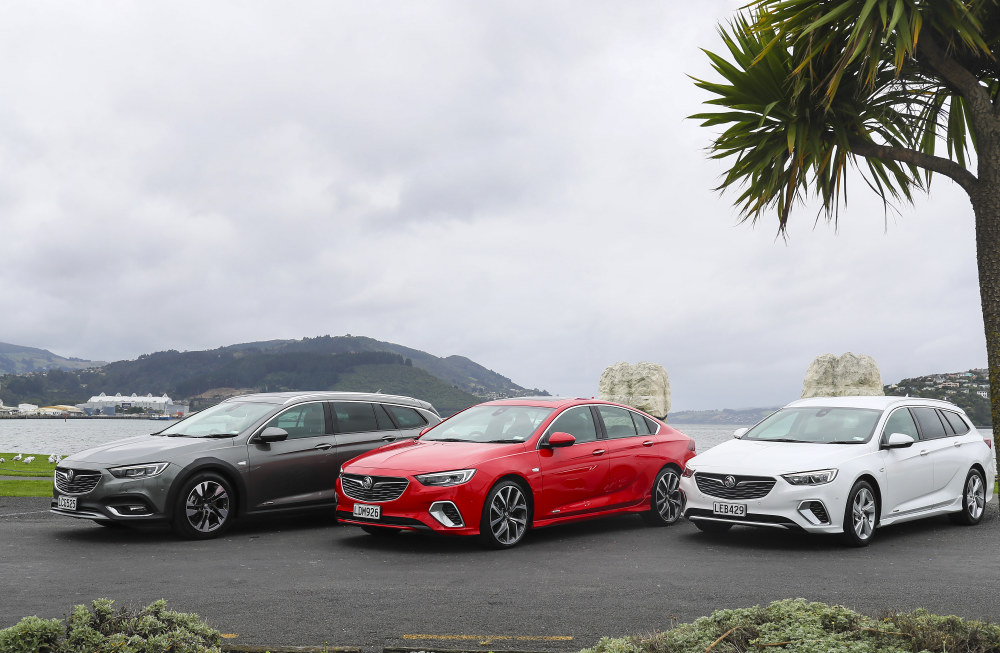

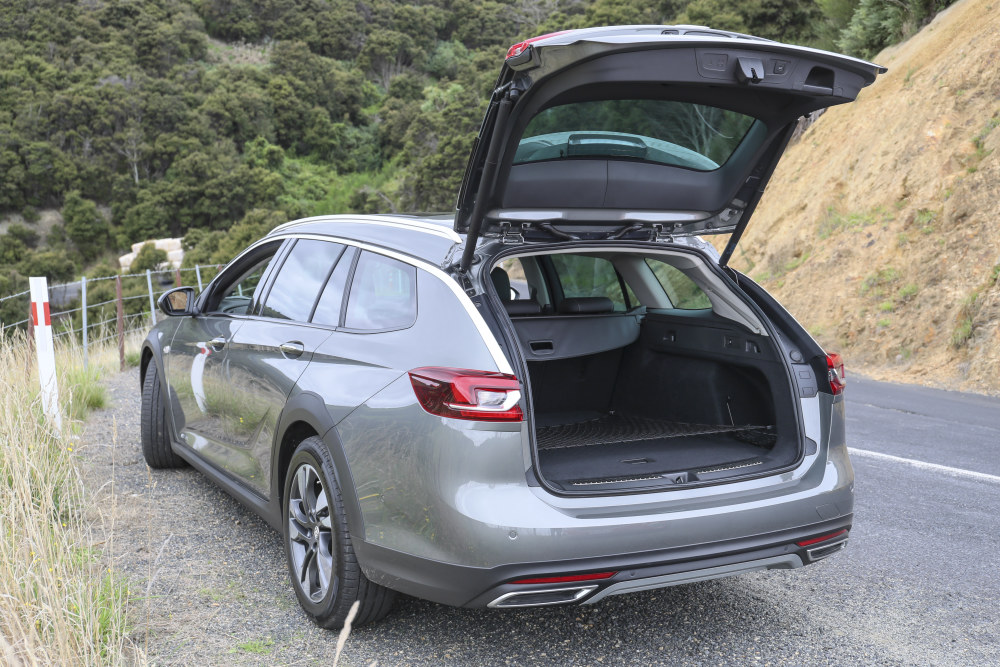
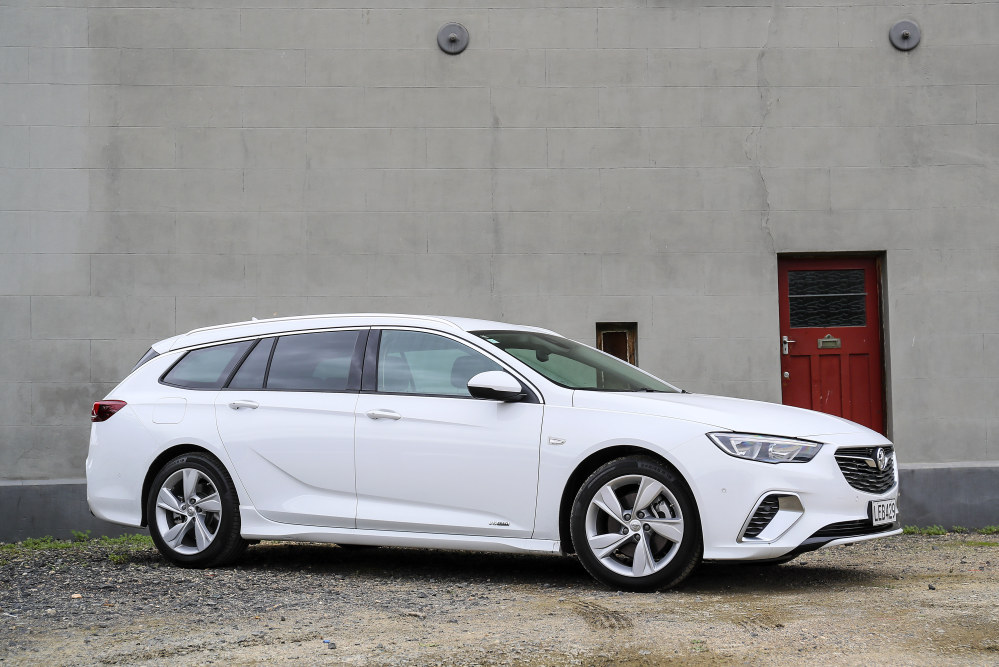
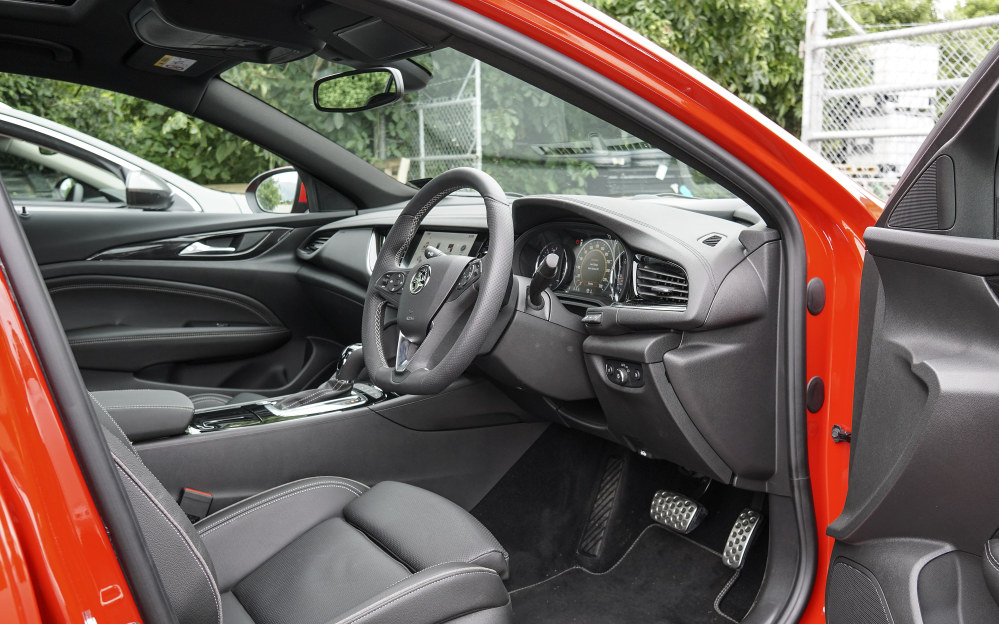
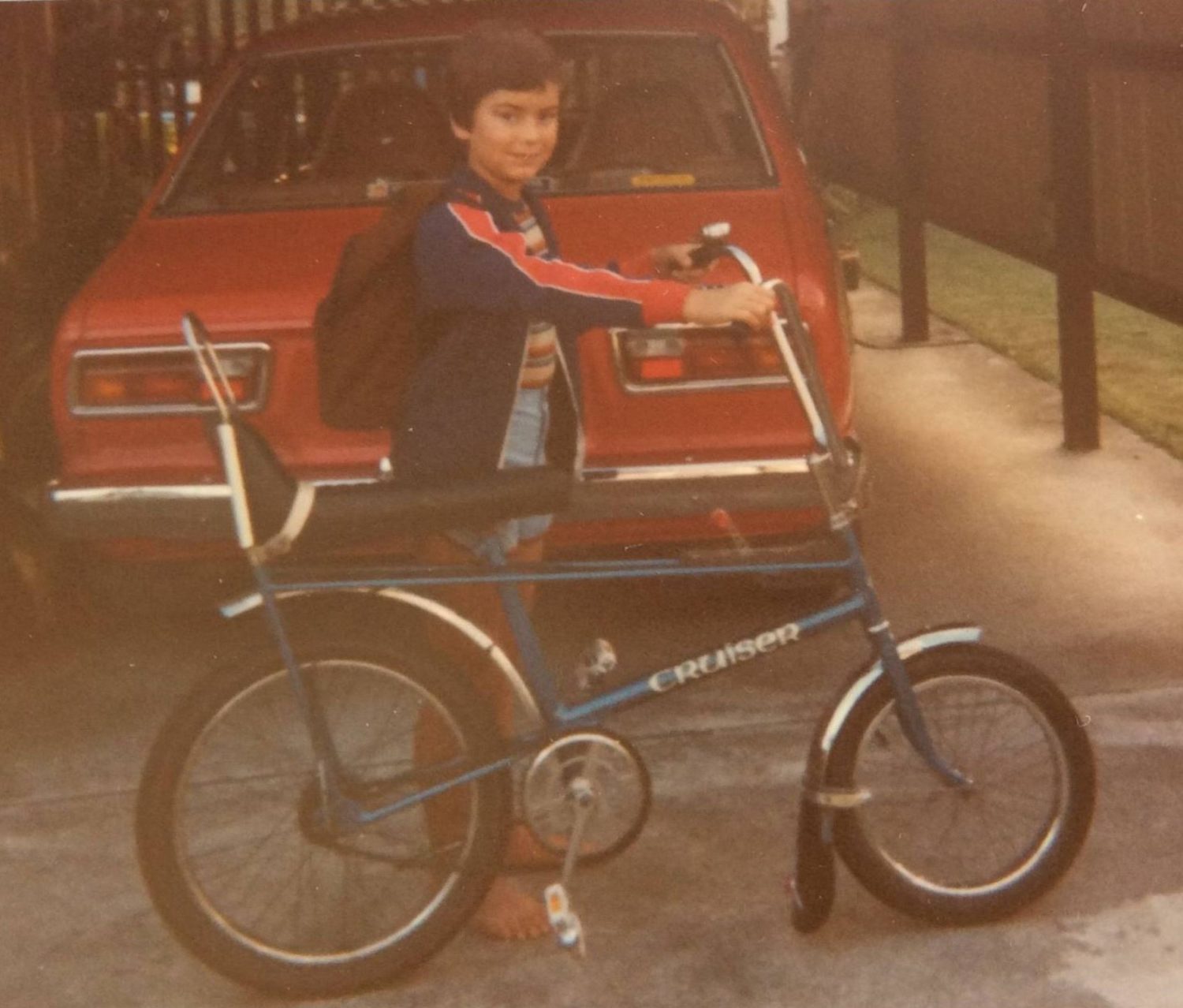
You must be logged in to post a comment.